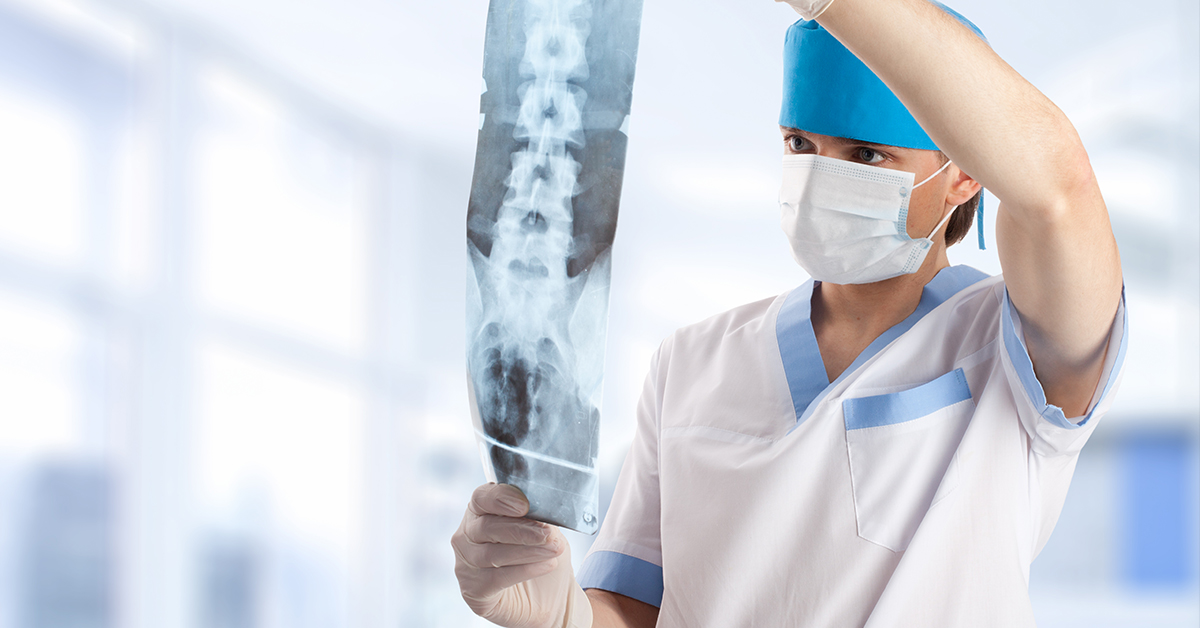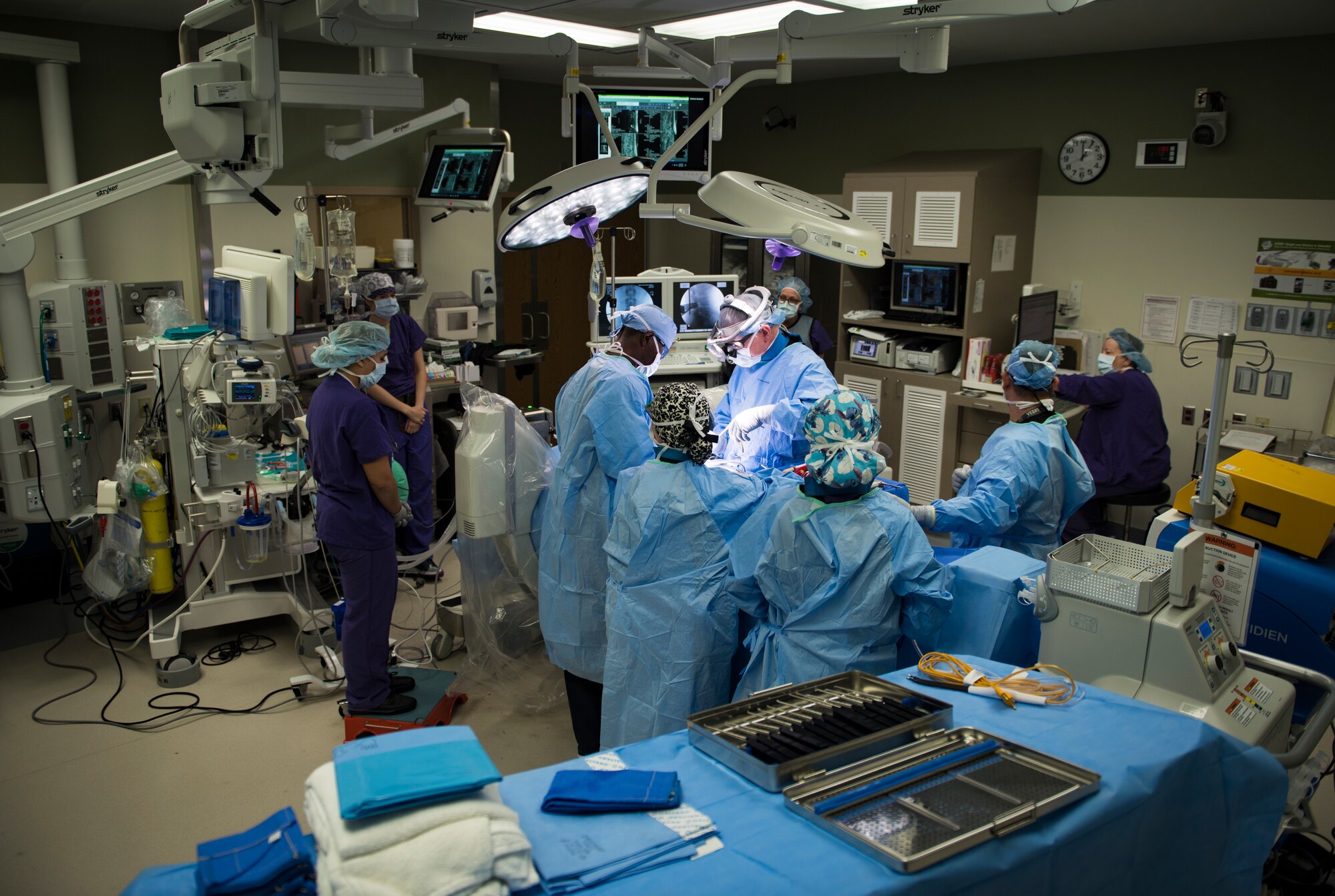Finding Affordable Options with the Best Spine Surgeons in St Louis MO
What Back Issues Typically Bring About Operation for Relief?
Spine problems that call for medical intervention often emerge when conservative therapy alternatives fall short to give sufficient alleviation from relentless discomfort and practical disability. Problems such as herniated discs, back constriction, and degenerative disc condition frequently lead to medical treatments aimed at recovering and relieving symptoms wheelchair.

Herniated Discs
When conservative treatments fail,Herniated discs are a common back condition that regularly leads to surgical intervention. This condition takes place when the soft inner gel of a back disc extends through a tear in the tougher external layer, potentially pressing close-by nerves. Signs typically include localized discomfort, radiating pain in the limbs, and neurological deficiencies such as prickling or weakness.

Surgery aims to alleviate pain and bring back function by removing the herniated section of the disc or stabilizing the influenced spinal segment. While numerous people experience significant improvement complying with surgery, it is important to evaluate the advantages and threats in consultation with a qualified spinal column expert. Inevitably, prompt treatment is important to improve and avoid additional issues high quality of life for people experiencing this debilitating problem.
Spinal Constriction
Experiencing spine constriction can considerably influence a person's wheelchair and high quality of life. This problem takes place when the spinal canal tightens, positioning pressure on the spine and nerves. Frequently seen in the lumbar (lower back) and cervical (neck) areas, back stenosis frequently results from degenerative modifications associated with aging, such as arthritis, disc herniation, or enlarging of ligaments.
Symptoms of spinal constriction can differ, but they usually consist of discomfort, feeling numb, prickling, and weakness in the extremities. These symptoms may intensify with activity or long term standing and frequently improve with remainder. In serious situations, people might experience problems with balance and coordination, causing a heightened threat of falls.
When conservative therapies, such as physical therapy, medicines, and lifestyle alterations, stop working to minimize symptoms, surgical intervention might be thought about. Procedures like laminectomy or spine fusion purpose to decompress the damaged nerves and support the back. Early diagnosis and therapy are critical in managing back stenosis properly and protecting mobility, eventually boosting the client's overall lifestyle.
Spondylolisthesis
Spondylolisthesis takes place when one vertebra slips onward over the one below it, potentially leading to spine instability and nerve compression. This problem can occur from numerous factors, including hereditary issues, degenerative changes, trauma, or repeated stress and anxiety injuries. Symptoms frequently consist of reduced back pain, tightness, and emitting discomfort in the legs, which can considerably influence day-to-day tasks and general lifestyle.
Medical diagnosis generally includes a comprehensive scientific analysis, imaging studies such as X-rays or MRI, and assessment of neurological feature. The level of slippage is identified right into qualities, with higher grades indicating much more serious variation and a better chance of medical treatment.

Very early diagnosis and appropriate monitoring are essential in protecting against more difficulties and boosting patient resource outcomes. As spondylolisthesis can cause chronic discomfort and handicap, timely intervention is important for bring back spinal wellness.
Degenerative Disc Illness
Degenerative Disc Disease (DDD) is a problem identified by the progressive wear and tear of the intervertebral discs, which act as critical shock absorbers in between the vertebrae of the back. As these discs lose hydration and flexibility gradually, they come to be much less efficient at supporting the vertebrae, causing increased friction and anxiety on the spine structures.
Individuals with DDD usually experience signs and symptoms such as persistent back discomfort, rigidity, and minimized flexibility (best spine surgeons in st louis mo). The condition can additionally result in nerve compression if the deteriorated discs lump or herniate, bring about radicular pain, weakness, or numbness in the arm or legs
Medical diagnosis normally includes a combination of physical exams, imaging research studies like MRI or CT scans, and individual history to examine the seriousness of disc deterioration and its influence on daily activities. Therapy options variety from conventional measures, consisting of physical therapy and discomfort administration, to more invasive treatments when conservative actions fall short. Surgical interventions, such as spinal fusion or fabricated disc replacement, might be suggested for patients with substantial pain and useful disability. Generally, very early treatment and tailored management methods are essential for reducing the results of DDD and enhancing person results.
Back Growths
Back growths, which can be benign or malignant, represent another considerable reason of back problems that may necessitate medical treatment (best spine surgeons in st louis mo). These tumors can come from within the spinal column (main tumors) or spread from other parts of the body (secondary growths) Their presence can bring about different symptoms, consisting of local discomfort, neurological deficiencies, and modifications in mobility
Surgical therapy for spinal lumps commonly aims to alleviate signs and symptoms by removing the lump, stabilizing the back, and dealing with any compressive impacts on the spinal cord or nerves. Signs for surgical treatment typically include substantial pain not responsive to conservative treatments, or neurological problems resulting from the growth's development.

It see post is vital for clients providing with signs and symptoms symptomatic of spinal tumors to go through detailed analysis evaluations, consisting of imaging researches and biopsies, to figure out the ideal course of action (best spine surgeons in st look what i found louis mo). Early detection and intervention can dramatically boost person outcomes and quality of life
Final Thought
In summary, different spinal column problems, including herniated discs, spinal stenosis, spondylolisthesis, degenerative disc illness, and spine growths, typically require medical treatment when traditional therapies fail to give relief. These problems cause significant discomfort and functional impairment, motivating the consideration of treatments such as discectomy, spine blend, and laminectomy. Ultimately, surgical choices objective to alleviate discomfort, boost movement, and bring back top quality of life for individuals affected by these debilitating spine problems.
Problems such as herniated discs, spinal constriction, and degenerative disc disease often lead to surgical procedures aimed at alleviating signs and recovering flexibility.Herniated discs are a typical back problem that regularly leads to medical intervention when conservative therapies stop working. Surgical interventions, such as spine fusion or fabricated disc replacement, might be suggested for patients with considerable pain and useful disability.Spinal growths, which can be benign or malignant, represent one more significant reason of spinal problems that may require surgical treatment.In recap, various back issues, consisting of herniated discs, spine stenosis, spondylolisthesis, degenerative disc condition, and spinal lumps, usually require surgical treatment when conservative therapies fail to offer relief.